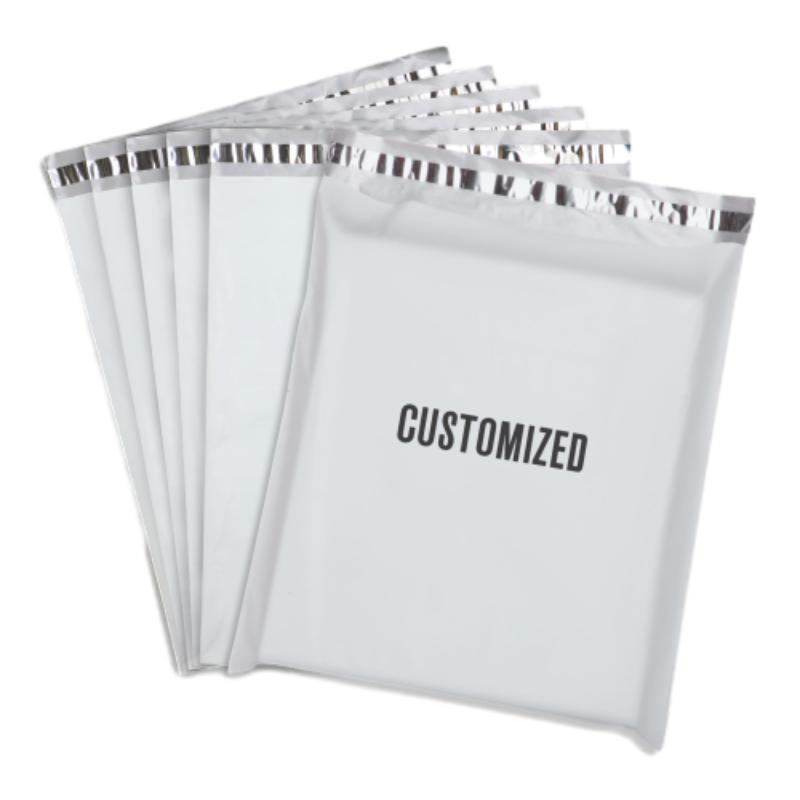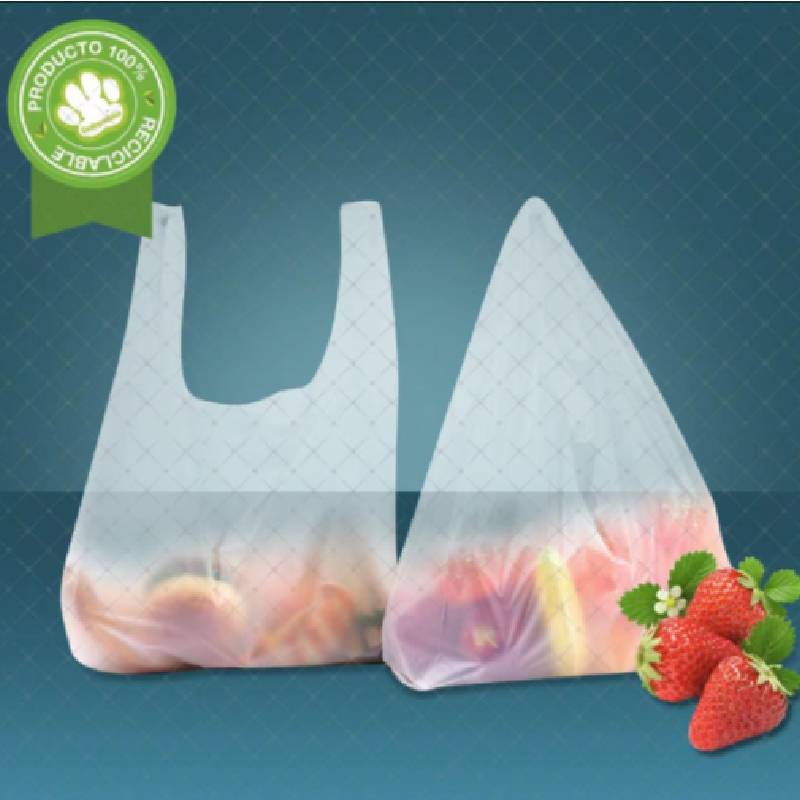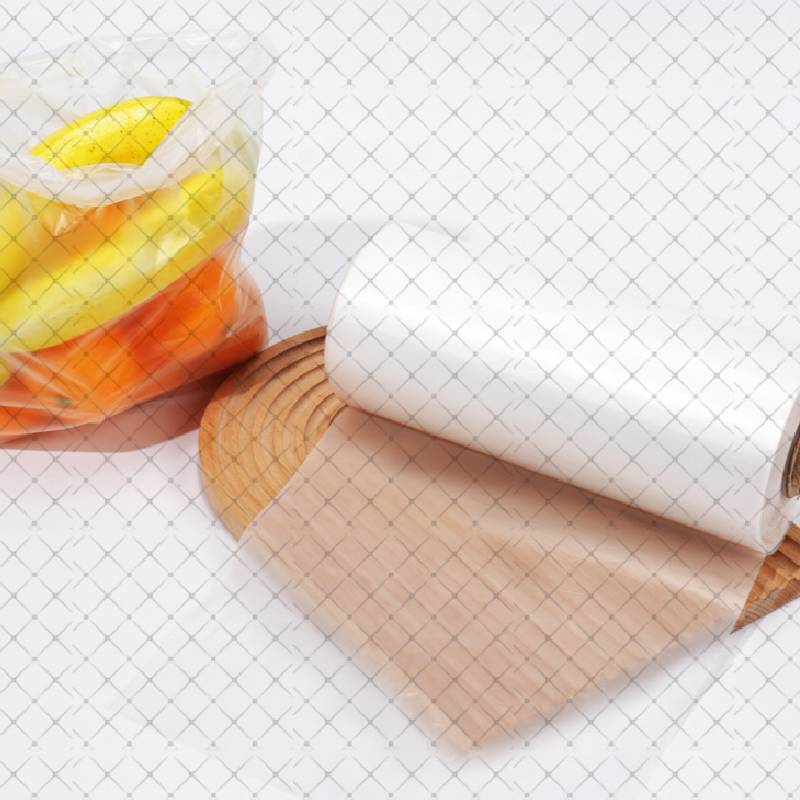Exploring the Benefits and Features of Stretch Wrapper Packaging Machines for Efficient Logistics
The Importance of Stretch Wrapper Machines in Modern Packaging
In the fast-paced world of manufacturing and logistics, efficient packaging solutions play a crucial role in maintaining product integrity during storage and transportation. Among these solutions, stretch wrapper machines have emerged as a pivotal technology for ensuring items are securely wrapped and protected. This article delves into the significance of stretch wrapper machines, their operational principles, and their benefits in modern packaging practices.
Stretch wrapper machines are designed to apply plastic stretch film around products or pallets. The stretch film is elastic, allowing it to tightly conform to the shape of the items while holding them together. This method not only secures the products but also provides a layer of protection against dirt, moisture, and damage during shipping and handling. Different types of stretch wrapper machines cater to various packaging needs, including semi-automatic, automatic, and robotic models, accommodating a wide range of packaging volumes and requirements.
One of the primary advantages of using stretch wrapper machines is their efficiency. Manual wrapping can be labor-intensive and inconsistent, often leading to wasted materials and time. In contrast, automated stretch wrappers can significantly increase throughput by wrapping multiple pallets in a fraction of the time it would take to do so manually. This efficiency translates to lower labor costs and faster turnaround times, allowing businesses to meet increasing demands and improve overall productivity.
Furthermore, the use of stretch film enhances stability during transportation. Stretch wrap acts as a cohesive binding agent, preventing individual items from shifting or becoming dislodged during movement. This stability is especially important for businesses that deal with fragile products, as it reduces the risk of damage and ensures that items arrive intact at their destination.
stretch wrapper machine

Another noteworthy benefit is the material cost savings associated with stretch wrapping. Stretch film is designed to extend its length, which means that a smaller quantity of film can cover a larger area. This stretching capability allows businesses to optimize their material usage, leading to reduced packaging costs. Additionally, many stretch films are recyclable, which can contribute to sustainability initiatives within companies looking to minimize their environmental footprint.
Moreover, stretch wrapper machines can be easily integrated with other packaging machinery and systems, enhancing the overall packaging line efficiency. For instance, they can work in conjunction with conveyor systems and palletizers, creating a seamless flow from production to shipment. This integration minimizes manual handling and further speeds up the packaging process, allowing companies to respond quickly to market demands.
In terms of user-friendliness, modern stretch wrapper machines often come equipped with advanced controls and features. Many models offer programmable settings for wrap patterns, tension, and film usage, enabling operators to customize the wrapping process to specific requirements. Additionally, some machines include safety features such as automatic shutoff systems and safety guards, ensuring a safe working environment for employees.
In conclusion, stretch wrapper machines have become indispensable in the world of packaging, offering efficiency, stability, and cost savings. As the demand for high-quality packaging continues to grow, investing in stretch wrapper technology presents a strategic advantage for businesses across various industries. By enhancing the speed and reliability of the packaging process, companies can not only protect their products but also ensure customer satisfaction, ultimately contributing to their long-term success in a competitive market.
-
Have the freedom of customizing your custom mailers any way you want! Our dedicated packaging support will help deliver you the mailing experience you need to elevate your shipping experience to the next level! Start making a strong impression on your customers and stand out from your competitors! -
LIYA uses high quality raw materials which directly purchased from large enterprises domestic and overseas such as PetroChina, Sinopec, Sabic, Equate, ExxonMobil, Dow Chemical, Total, and Borouge, ensuring the price advantage and quality of the raw materials. -
LIYA uses high quality raw materials which directly purchased from large enterprises domestic and overseas such as PetroChina, Sinopec, Sabic, Equate, ExxonMobil, Dow Chemical, Total, and Borouge, ensuring the price advantage and quality of the raw materials.





